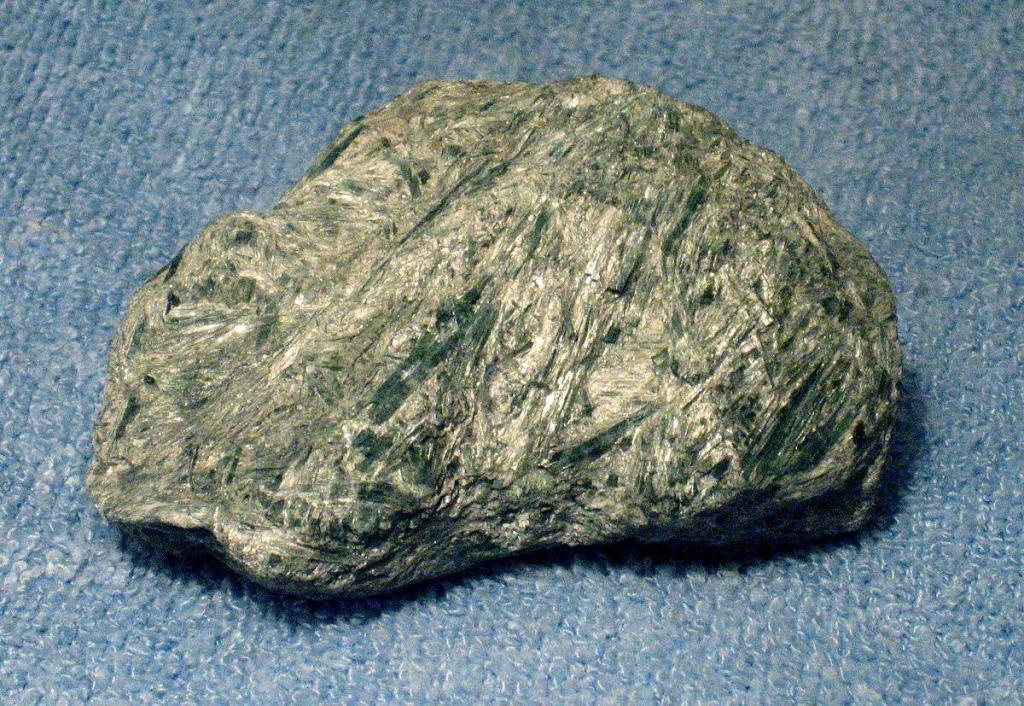 Armco Asbestos Training
Armco Asbestos Training
Last Updated on December 12, 2024 by
There are actually 6 main types of asbestos which are chrysotile, crocidolite, amosite, anthophyllite, tremolite and actinolite.
Each of these asbestos types belongs to two mineral families of asbestos –
serpentine and amphibole.
In this article, we’ll explain in detail about each of the 6 main asbestos types.
Chrysotile (also known as white asbestos) is the most common form of asbestos that has been used in building and manufacturing over the years.
As such, many roofs, ceilings, walls and floors in residential, commercial and public buildings built before the year 2000 may well be asbestos containing material.
Chrysotile asbestos was also a common types of asbestos used in the manufacture of automobile brake linings, gaskets, boiler seals, and insulation for pipes, ducts and appliances.
These types of asbestos can also be found in products such as drywall, cement, adhesives, vinyl tiles and fireproofing materials.
It is a member of the group of minerals known as serpentine.
These all have the same composition – magnesium silicate.
The reason chrysotile was so popular is because of it’s excellent insulation and fireproofing properties.
In its raw state, it is a pale green, cream or white colour and it forms a fluffy mass of curly soft white fibers when processed.
The fibers are very flexible, meaning it’s ideal for weaving and spinning into textiles.

Crocidolite (also known as blue asbestos) is common in some spray-on coatings, pipe insulation, plastics and cement products.
It is probably the most dangerous of the asbestos types.
The asbestos fibres are very thin, allowing them to lodge in the lungs more easily.
Crocidolite is one of the amphibole asbestos minerals.
Common products that contain crocidolite include cement sheets, ceiling tiles, acid storage battery casings, and fireproofing and insulation materials.

Amosite (also known as brown asbestos) was mostly used in products such as cement sheets and pipe insulation due to its coarse nature.
It can also be found in insulating board, ceiling tiles, gaskets, vinyl tiles, cement, roofing and thermal insulation products.
In its natural state, amosite is known as grunerite.
Anthophyllite isn’t as common as the 3 main asbestos types above, infact it’s very rare, but it was used in small quantities in products and materials used for insulation and construction.
Traces of this asbestos can also be found in chrysotile asbestos, vermiculite and talc as it is a contaminant.
Anthophyllite appears as a grey, dull green or white color in appearance.
Products known to contain this asbestos type include cement, rubber, insulation and roofing.
Even rarer are the asbestos types Tremolite and actinolite.
Unlike other forms of asbestos, these are not used commercially in the manufacture of products.
However, small traces can be found as contaminants in chrysotile, vermiculite and talc.
The two minerals are very similar in composition and can be brown, green, grey, white or transparent in appearance.

Did you find this article interesting? Then check out our other interesting articles below.
For all your asbestos training needs call us on 0161 761 4424 or visit https://www.armcoasbestostraining.co.uk/asbestos-training-courses/ to book an asbestos training course.
Need an asbestos survey or a refurbishment/demolition survey? Then contact us on 0161 763 3727 or by visiting our sister site https://www.armco.org.uk/
Published Apr 09, 2019